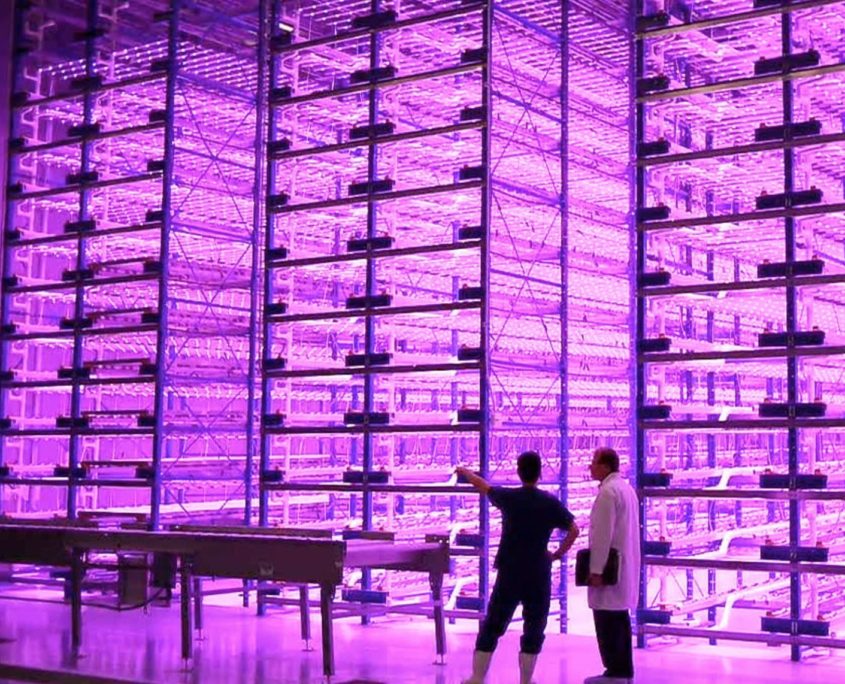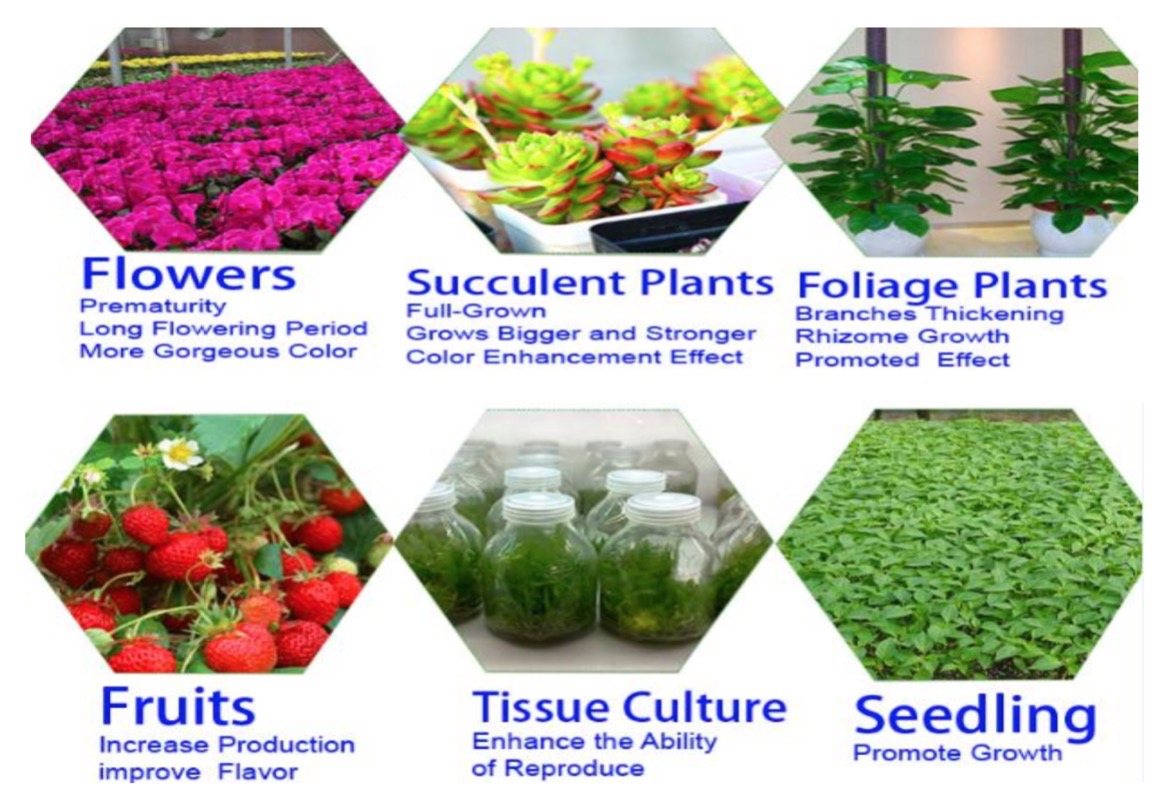
It can be difficult to provide enough light to your houseplants due to seasonal changes or lack of window space. See these pointers on how to choose the best indoor lighting for your plants.
Incandescent Lights
Incandescent lights are good for lighting up a room or growing low-light houseplants, such as vines, ferns or dracaenas. They have limited utility for growing plants with higher light requirements. These lights put out only about 10 percent of their energy as light while 90 percent is heat. So, unless you want to cook your plants, they aren’t ideal for light-loving plants like many tropicals, cacti or succulents.
Fluorescent Lights
Fluorescent lights are ideal for plants with low to medium light requirements, like African violets. They are also good for starting vegetables indoors. These lights typically come in long, tubelike bulbs in a range of sizes including T5, T8 and T12.
The narrower the bulb, the more efficient and brighter it is, due to the smaller surface area. In addition to this, fluorescent bulbs use 75 percent less energy than incandescent lights. So, for example, a 25-watt fluorescent emits about as much light as a 100-watt incandescent light bulb. T5 systems put out about double the amount of light per tube as standard fluorescent lights. They are 6500 Kelvin and also full spectrum, which is very intense light.
Kelvin is a basic unit of color temperature used to measure the whiteness of a light’s output; it’s the degree of visual warmth or coolness of a light source. So the higher the degree of Kelvin, the bluer, or “cool,” the lamp appears. The lower the degree of Kelvin, the redder, or “warm,” it appears.
When growing most houseplants, use light bulbs between 4000 and 6000 Kelvin, as the bulb’s color temperature will borrow from a full spectrum of colors—cools and warms. With these lights, you can actually mimic the growth you would get in a greenhouse or outdoors. Culinary herbs, greens and starter plants can be grown year-round with them. Houseplants that need lots of light, like cattleya orchids, succulents and carnivorous plants, also perform much better under these full-spectrum lights. With starter plants and seedlings, place the T8 or T5 bulbs two to four inches from the plants to mimic the sun. For established plants, including herbs or houseplants, place them a foot or two from the light source.
Compact Fluorescent Lights
Compact fluorescents are great for lighting indoor houseplants without having to use a full T5 system and for a fraction of the cost of incandescent lights. Wattage varies, so be sure to ask a specialist what will work best for you and your lighting needs. Carnivorous plants and phalaenopsis orchids do well under compact fluorescents.
Halides
Halides are generally used in larger spaces or on larger plants, as they cover more distance in terms of lighting. In most cases, you’re not going to need a 1000-watt light. You can get by with a smaller halide or the T5 fluorescent system.
Remember, plants need darkness too. Although they can grow under continuous light, all plants prefer a dark period. Provide them with 12 to 18 hours of light per a day.

So many plants, what kind lights suit for yours?
Blue light stimulates Chlorophyll production more than any other color, encouraging thick leaves, strong stems and compact vegetative growth. Blue color is good for leaf and root growing.The wavelength have 450nm and 470nm, if your botany only leaf ,we recommend us 470nm, if you wanna it is good for root, so we recommend use 450nm.
Red light is very important to plant reproduction. Phytochrome pigments absorb the red and far red portions of the light spectrum and regulate seed germination, root development, tuber and bulb formation, dormancy, flowering and fruit production. Red is good for blooming ,the wavelength is 660nm and 630nm, if you plant flower,we recommend you use 630nm, if you plant blossom and yield fruit,we recommend you choose 660nm.
At present, the most hot sale are the following items, especially the red: blue 5:1 tubes.



